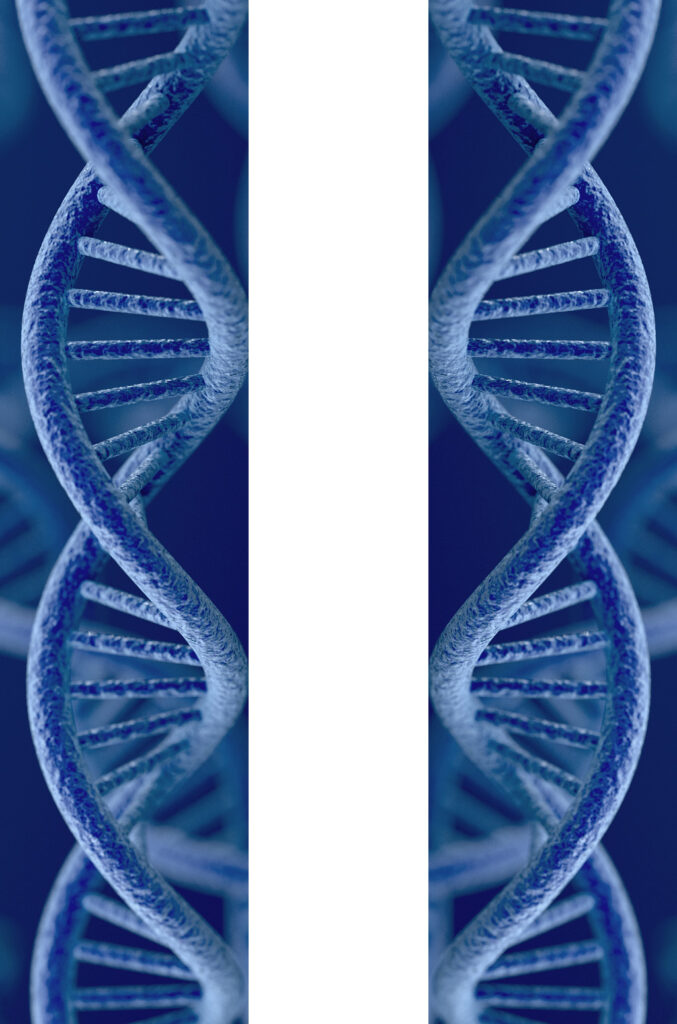There’s a certain group of people (including this blog post author) who derive no small amount of amusement from seeing stock photos of DNA and pointing out flaws in the structure. It’s even more amusing when these photos are used in marketing by life science companies. The most common flaw: the DNA molecule is a left-handed double helix.
What does that even mean? DNA, like many organic chemicals in biology, is a chiral molecule. That is, it can exist in two structural forms that are mirror images of each other but are not superimposable (enantiomers). Just like your left and right hands are mirror images of each other, the two DNA structures are left-handed and right-handed double helices. The DNA double helix is chiral, because its building blocks (nucleotides) are chiral.

It can be challenging, at first glance, to tell whether an image of DNA is left-handed or right-handed. Various helpful hints are available; however, the one that I’ve found easiest to remember is described in a blog post by Professor Emeritus Larry Moran at the University of Toronto:
Imagine that the double helix is a spiral staircase, and you’re walking down the staircase. If you’re turning to the right as you descend, the DNA structure is right-handed; if turning to the left, it’s left-handed. In the image shown earlier, the DNA molecule on the right is a right-handed double helix, while its mirror image is left-handed.
Continue reading “Left-Handed DNA: Is That Right?”